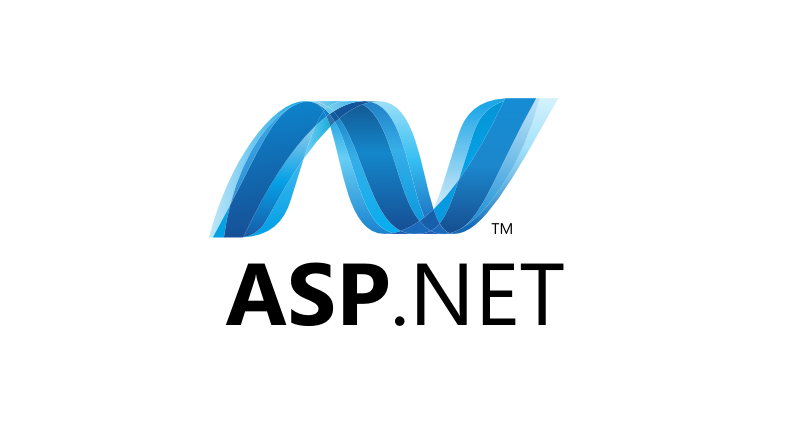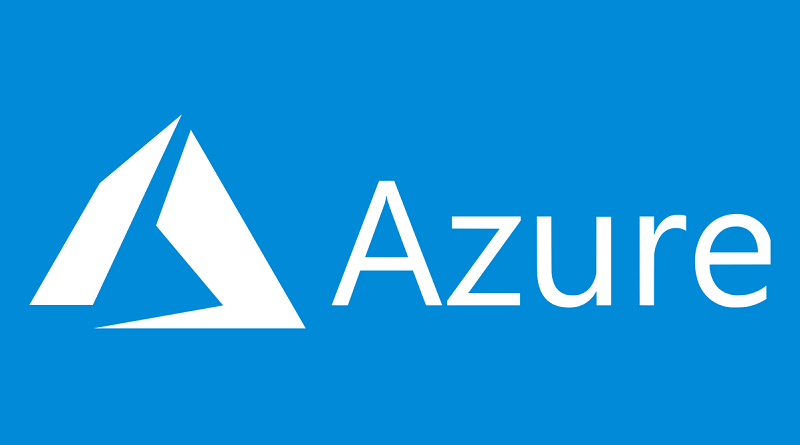ASP.NET MVC 4: New template for web applications
I’m playing with ASP.NET MVC 4 Developer Preview. There is new default application template available for ASP.NET MVC 4 web applications. New template is modern, has better look than current one and has better support for different screen sizes. In this posting I will show you how new template looks like.
Read more

